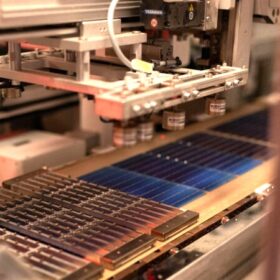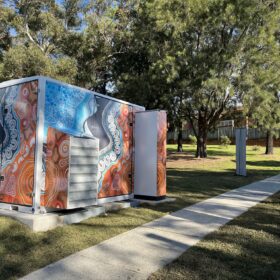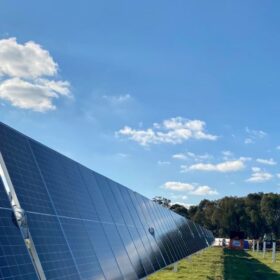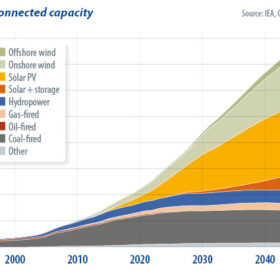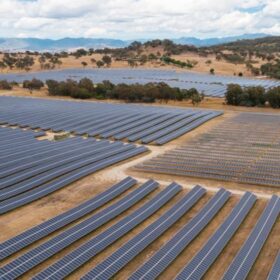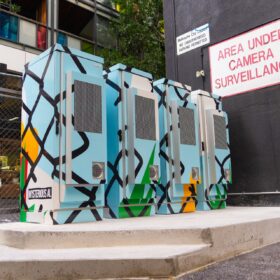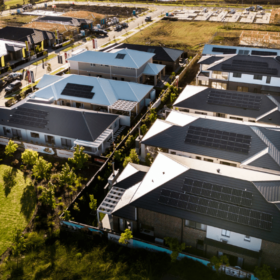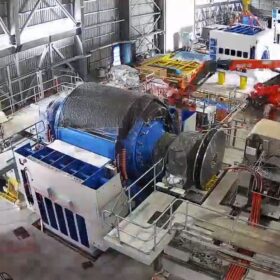Future Made in Australia Bill paves way to renewable energy superpower goals
The federal treasurer Jim Chalmers has presented the Future Made in Australia Bill to parliament taking the next step to bringing into law pathways to help make Australia a renewable energy superpower.
Pumped hydro projects declared high priority by NSW government
Three pumped hydro projects that would deliver a combined 1,035 MW / 9,480 MWh of dispatchable capacity are among six projects that have been declared critical state significant infrastructure by the New South Wales government, potentially smoothing the way for their approval.
NT begins synchronous condenser conversion to support solar
The Northern Territory government has detailed plans to convert one of the gas-fired turbines at the Channel Island power station to operate as a synchronous condenser as a new report reveals the Territory’s electricity system is in a “prime but precarious” position.
Feds provide backing for more than 420 community batteries to share rooftop solar
The Australian government has beefed up its commitment to community batteries to support the integration of renewable energy in the grid with more than 420 battery energy storage systems to be installed in neighbourhoods across the country as part of its Community Batteries for Household Solar program.
Maryvale solar and storage project lands support in NSW tender round
The Maryvale solar and battery hybrid project being developed in central western New South Wales in one of two renewables projects with a combined generation capacity of 312 MW that have secured long-term energy service agreements through the state government’s latest tender round.
China could lead the world to net zero
China, with an 18% share of the global population, uses 26% of the world’s primary energy and emits 33% of the world’s energy-related CO2. The energy transition unfolding in the country isn’t merely a national affair as its ramifications echo globally, explains Mahnaz Hadizadeh, a researcher for consultancy DNV.
Australian Capital Territory commits to 100% renewables, rejects nuclear
The Australian Capital Territory legislative assembly has passed a motion expressing a commitment to power Australia with 100% renewable energy as soon as possible, and ensure the ACT remains free of nuclear power and nuclear waste.
Melbourne connects first battery as part of planned city network
The first of three planned 150 kW battery energy storage systems that are to form a combined 450 kW / 1 MWh capacity coordinated battery network across inner Melbourne has been switched on.
AEMO reinforces role of rooftop solar in energy transition
The Australian Energy Market Operator’s latest Integrated System Plan has stamped the role rooftop solar will play in the nation’s energy transition, revealing that the total capacity of rooftop PV and other distributed solar in the nation’s main grid is forecast to rise from 21 GW to 86 GW by 2050.
Transgrid turns to synchronous condensers to safeguard system strength
New South Wales power grid owner Transgrid is looking at rolling out up to 14 synchronous condensers and 4.8 GW of batteries with ‘grid forming’ capability to protect and strengthen the security and stability of the electricity grid as coal-fired power plants retire and more renewables come online.
